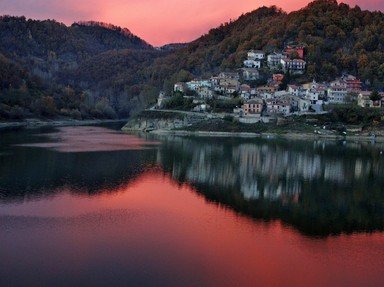Quiz Answer Key and Fun Facts
1. Dondurma is a type of ice cream made in Turkey using goats milk and orchid root. What is special about this kind of ice cream?
2. The Marwari is a breed of horse that has distinct inward-turning ear tips. Which country was the breed developed in?
3. Which of these structures was the tallest in London when it was built?
4. In Kazakhstan there was an old tradition of shamans or witch doctors. What was one called?
5. Many languages are dying as fewer and fewer people speak them. Some languages are being revived and are replacing the colonial languages that almost destroyed them. What was the only official language of the Faroe Islands at the start of the 20th century?
6. Taiwan has had a colourful history. By the end of the 20th century it had been colonised by a number of other nations, but which of these had never laid claim to Taiwan?
7. Rear-Admiral Ludwig von Reuter scuttled a German fleet of ships to prevent them from falling into enemy hands at Scapa Flow. After which conflict did this event happen?
8. The construction of the magnificent Beiteddine Palace in Lebanon began in 1788. What was rumoured to have happened to the architect who designed it?
9. What kind of vehicle was a tin snail?
10. Gyeongbokgung was a royal palace in Seoul, South Korea. When was it originally built?
Source: Author
AcrylicInk
This quiz was reviewed by FunTrivia editor
agony before going online.
Any errors found in FunTrivia content are routinely corrected through our feedback system.

